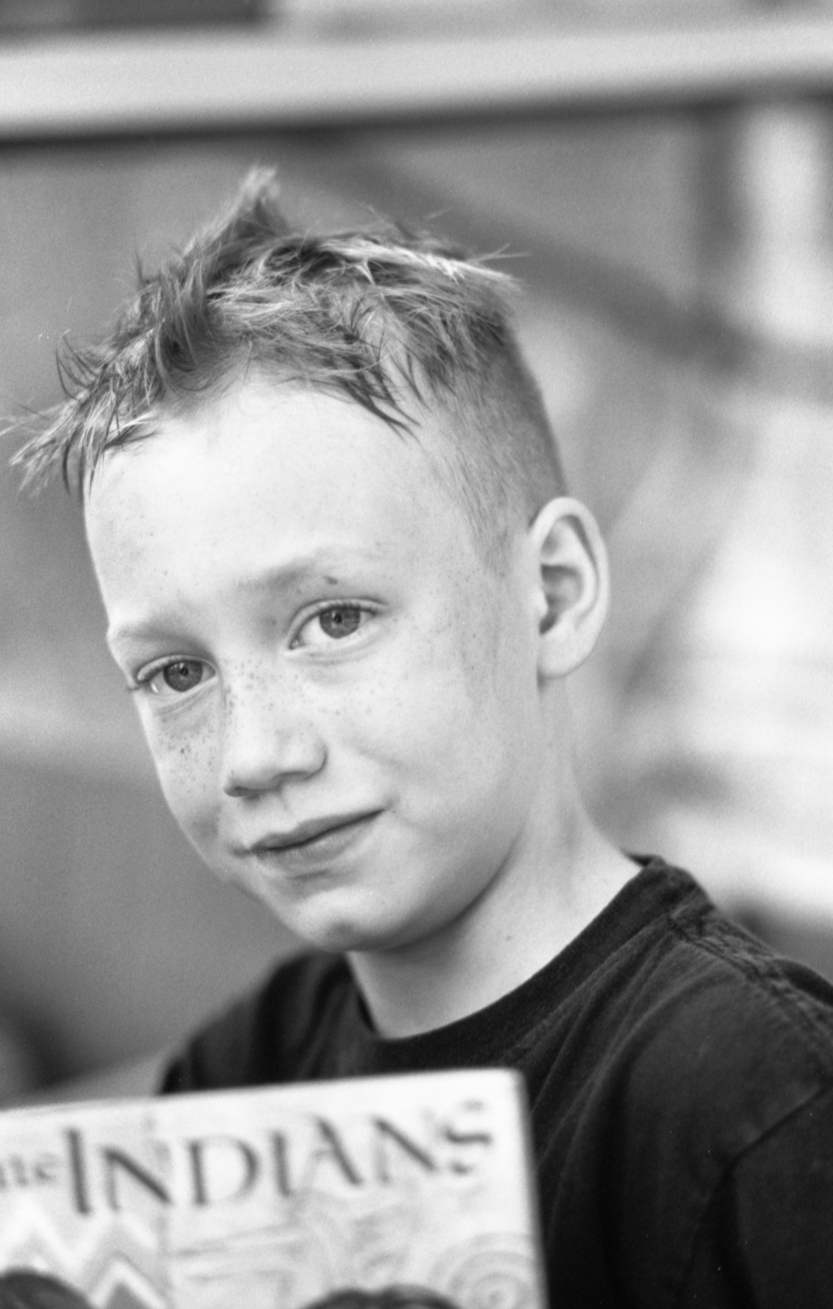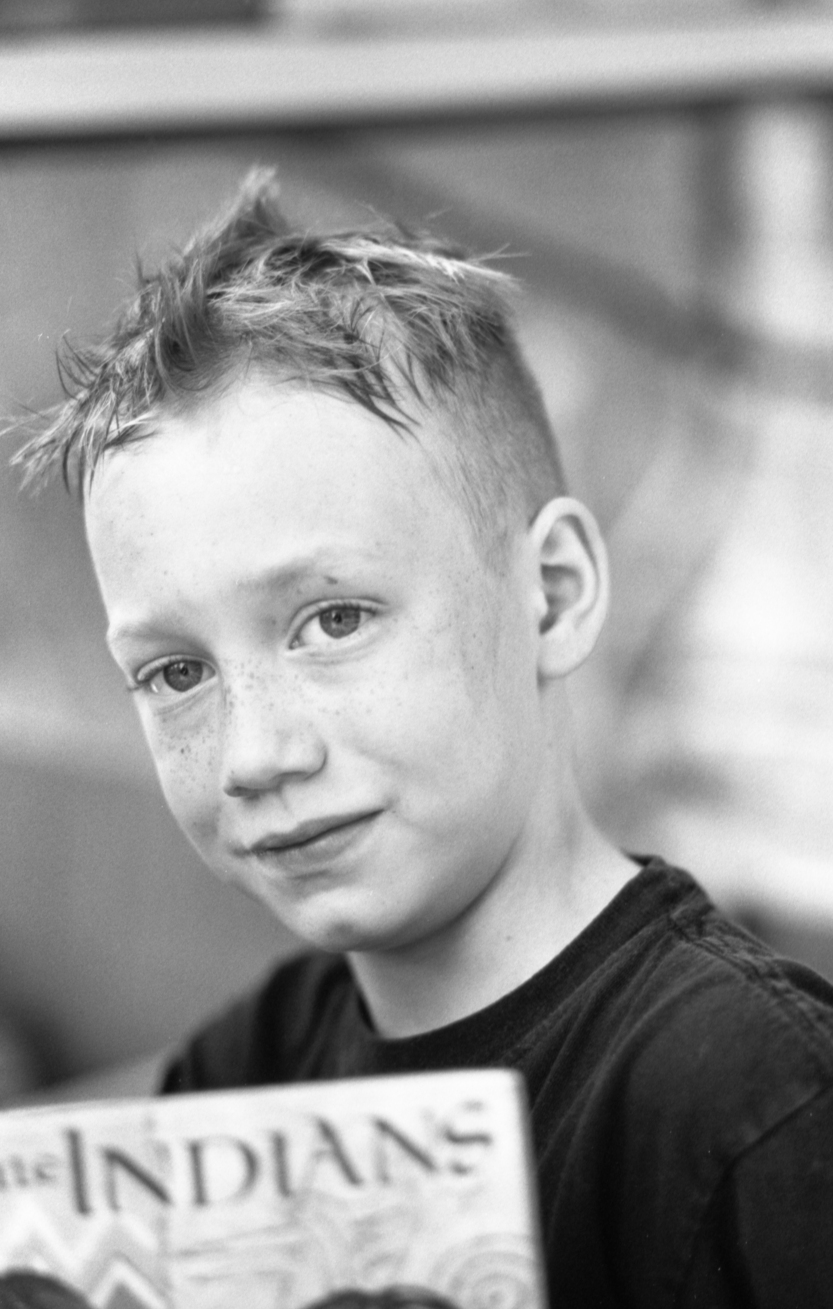Hello and welcome back! I know I have not written in a while, but that is because….well no one was going to read this when there was a pandemic and protests for racial justice going on. Those things are still happening, but if I wait for the United States to be free of racism and Covid-19 to write again, I might as well stop altogether.
There has been a lot go on since I last wrote. Our way of life is fundamentally different. People are figuring out what I knew every time I see litter, that some people are jerk weeds no matter what the situation is, and photographers have been getting a lot of attention lately…for better or for worse.
I am not here to weigh in on all of that. I am here to resume giving my opinion on photography. We are going to talk about black & white photography. We are going to get down into why it is enduring and beloved. It is the year 2020 and back and white film is made every day (some would say that is two anachronisms rolled together. Pun completely intended.)
When I turned eighteen, my grandparents gave me a Sony Cyber-shot digital camera. It was a very nice point and shoot (for 2005.) I was very excited to have it and its 3.2 mega pixel sensor. I still have many of the photos I took with it. This was my first experience being able to make my own black & white photos, even if they were in camera JPG finished in mono. It was a fascinating experience, I had never had anything but color film before that. I had toyed with digital, but that was a Sony Mavica of my mother’s I snuck out when she wasn’t home.
Fast forward to now, and no one receives their photos from me without a black and white version being in there somewhere, even if I have to include it as a free extra. I buy mostly Ilford black and white film. My son is the only reason I learned to develop color. I love every mono grain of black and white film and I usually stick to it. A couple of exceptions, sometimes I use color film and then scan it in both ways when I am being indecisive. In my mind, black and white is still sensitive to colored light, that’s how it registers its many shades of grey, and thus scanning color as mono still works. I also like to use color when photographing natural things like flowers, they were supposed to be colorful.
Let us clear out some of the clutter. Yes, black and white may look “old fashioned,” but that is pageantry. Color photography existed before the First World War. We may see more mono images from that period due to accessibility and availability, but color is not new. You can tune your images to be sepia, or mono, or noir, but filters are not what we are talking about. They are effects. I am talking about a medium and a method of photographic expression.
A conversation with a friend the other night helped me to put a finger on exactly what it was I love about black and white photography.
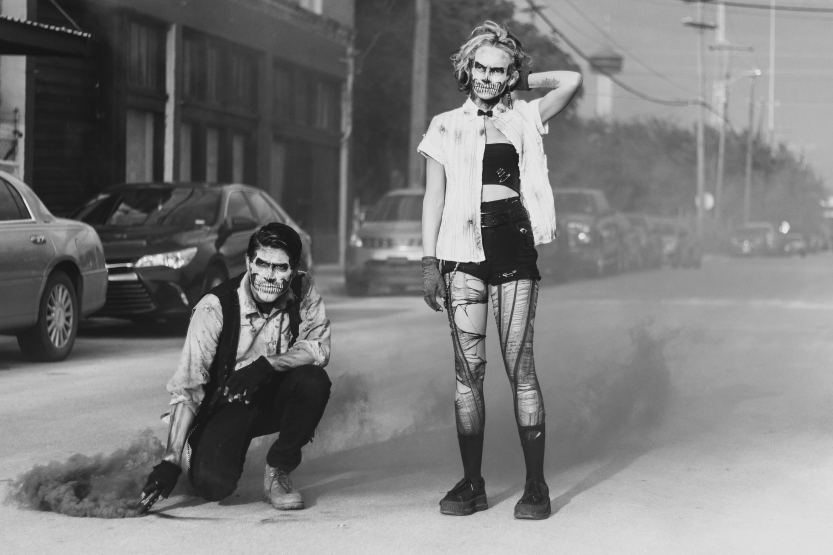
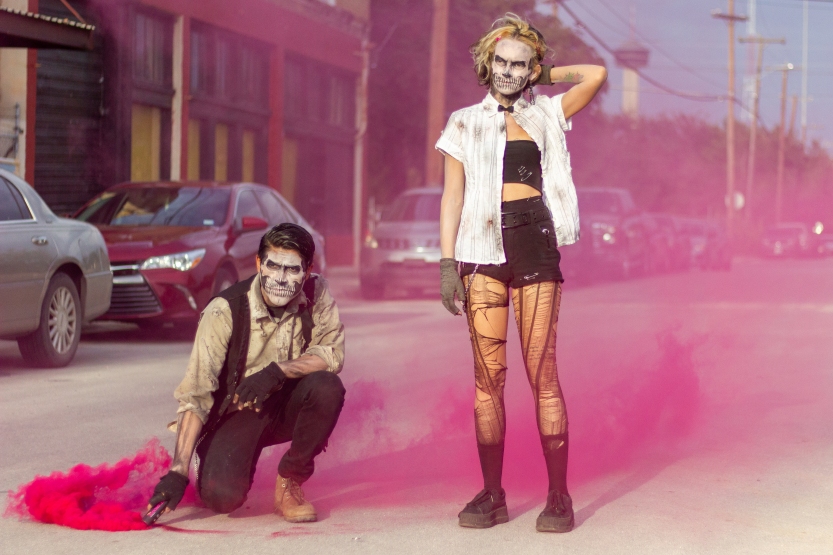
Here are two copies of the same image. I do not need to tell you what is different about them. I think that the top one is better. I have made it a point recently to go back and reedit a lot of my earlier work. The color one is what I showed off since I took it in 2018, and the black and white is now.
Color is something we use to camouflage ourselves. We use it to distract, to misdirect, to express, hide, and identify ourselves. Look at my hair, not my eyes. If you look into my eyes, are you distracted by my color contacts? See my tattoos, ask me about their meaning, do not ask me how I am doing. Look at my clothes, my car, my phone case, my hair, my make-up, do not look at me.
This is not to say that color is a bad thing. I love color. I am a huge fan of the 80s, vibrant and intense color is a part of it. If you want to show a person though, you need black and white. Compare those two photographs. The color one is just noise. The bright pink smoke is a massive distraction. The car colors are muddled as your eye tries to take it all in, and before you get to the subjects, you are lost. Their clothes add more color noise.
Now look at the top one. It really has the subject in focus. The mind can sort that other stuff into its proper place and really focus on the two subjects. This became one of my favorite photos as soon as I converted it. Look at those two! The whole environment tunes out when they are in front of you like that. They are front and center. Let us see another.
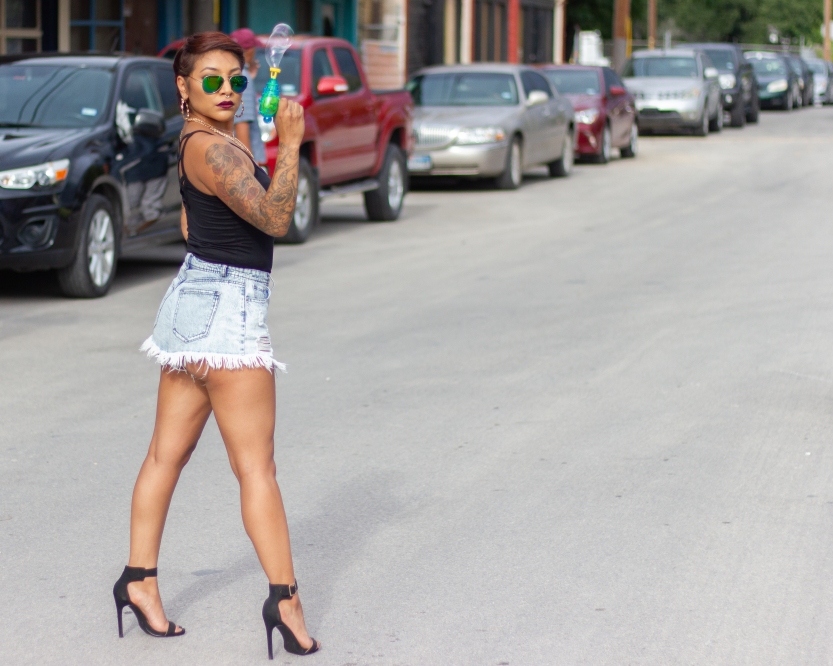
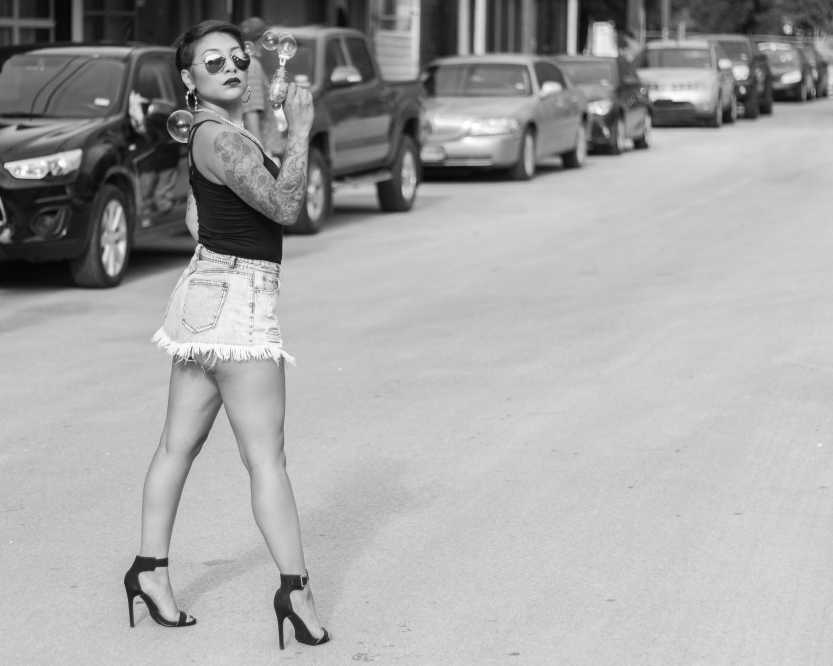
My friend said it best. The top one is good, and she is not less beautiful for the colors. However, in black and white we are able to more fully appreciate her lines and curves. We will again notice her facial structure without the distraction of the car colors or colorful toy in her hand. Her hair is no longer shades of red and the tattoo does not stand out for its color, but for the fact that it is a part of her arm. I find that black and white restores intimacy with a subject.
An argument for restoring color. Color has a place for me. I love colors as I have said. I think there is a reason we colorize footage from old wars, and make shows featuring it and original color footage. “World War II in color” is one of my favorite shows. In mono, a column of marching soldiers becomes bland and you forget that they are people. Too many faces and uniforms, but give them color and we remember that war wasn’t all that long ago, and they were people. Blood is red. Burning wreckage regains its scent in color. Planes fighting in a blue sky remind us that we have set these awful things up there to do their work in the heavens. A soviet star is red. Wounds are in color, just like gunfire. I think we have to have color to feel it in those cases.
In the end, it is all up to your personal taste. More than anything, that is what I want to encourage, is that you feel confident enough to develop your own photographic style and share it, even if it is just the idea of trying black and white. That is your homework, switch to mono, and if you are using RAW, don’t worry, you will have a safety net. The colors are still hidden in the data still. Try it. See how you feel. I leave you with a portrait of my son, taken on Ilford FP4. The color was never there. It was only ever what you see. Form your own opinions.
Brandon Bledsoe
Nostalgic Vanity Photography
